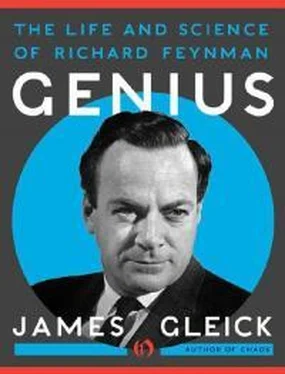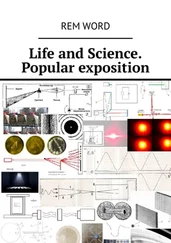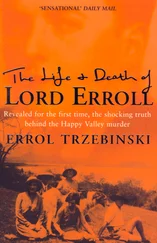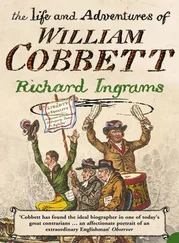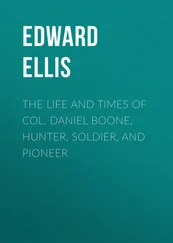about
to
proliferate
through
physics
with
embarrassing fecundity.
There were other kinds of scientific knowledge, but pragmatic knowledge was Feynman’s specialty. For him knowledge did not describe; it acted and accomplished.
Unlike many of his col eagues, educated scientists in a cultivated European tradition, Feynman did not look at paintings, did not listen to music, did not read books, even scientific books. He refused to let other scientists explain anything to him in detail, often to their immense frustration.
He learned anyway. He pursued knowledge without prejudice. During a sabbatical he learned enough biology to make a smal but genuine contribution to geneticists’
understanding of mutations in DNA. He once offered (and then awarded) a one-thousand-dol ar prize for the first working electric motor less than one sixty-fourth of an inch long, and his musing on the possibilities of tiny machinery made him, a generation later, the intel ectual father of a legion of self-described nanotechnologists. In his youth he experimented for months on end with trying to observe his unraveling stream of consciousness at the point of fal ing asleep. In his middle age he experimented with inducing
out-of-body hal ucinations in a sensory-deprivation tank, with and without marijuana. His lifetime saw a stratification of the branch of knowledge cal ed physics. Those specializing in the understanding of elementary particles came to control much of the field’s financing and much of its public rhetoric. With the claim that particle physics was the most
fundamental
science,
they
scorned
even
subdisciplines like solid-state physics—“squalid-state” was Gel -Mann’s contemptuous phrase. Feynman embraced neither the inflating language of Grand Unified Theories nor the disdain for other sciences.
Democratical y, as if he favored no skil above any other, he taught himself how to play drums, to give massages, to tel stories, to pick up women in bars, considering al these to be crafts with learnable rules. With the gleeful prodding of his Los Alamos mentor Hans Bethe (“Don’t you know how to take squares of numbers near 50?”) he taught himself the tricks of mental arithmetic, having long since mastered the more arcane arts of mental differentiation and integration. He taught himself how to make electroplated metal stick to plastic objects like radio knobs, how to keep track of time in his head, and how to make columns of ants march to his bidding. He had no difficulty learning to make an impromptu xylophone by fil ing water glasses; nor had he any shyness about playing them, al evening, at a dinner party for an astonished Niels Bohr. At the same time, when he was engrossed in the physicists’ ultimate how-to endeavor, the making of an atomic bomb, he digressed to learn how to defeat the iron clamp of an old-fashioned soda
machine, how to pick Yale locks, and then how to open safes—a mental, not physical, skil , though his col eagues mistakenly supposed he could feel the vibrations of fal ing tumblers in his fingertips (as wel they might, after watching him practice his twirling motion day after day on their office strongboxes). Meanwhile, dreamily wondering how to harness atomic power for rockets, he worked out a nuclear reactor thrust motor, not quite practical but stil plausible enough to be seized by the government, patented, and immediately buried under an official secrecy order. With no less diligence, much later, having settled into a domestic existence complete with garden and porch, he taught himself how to train dogs to do counterintuitive tricks—for example, to pick up a nearby sock not by the direct route but by the long way round, circling through the garden, in the porch door and back out again. (He did the training in stages, breaking the problem down until after a while it was perfectly obvious to the dog that one did not go directly to the sock.) Then he taught himself how to find people bloodhound-style, sensing the track of their body warmth and scent. He taught himself how to mimic foreign languages, mostly a matter of confidence, he found, combined with a relaxed wil ingness to let lips and tongue make sil y sounds. (Why then, his friends wondered, could he never learn to soften his Far Rockaway accent?) He made islands of practical knowledge in the oceans of personal ignorance that remained: knowing nothing about drawing, he taught himself to make perfect freehand circles on the blackboard; knowing nothing about music, he bet his
girlfriend that he could teach himself to play one piece, “The Flight of the Bumblebee,” and for once failed dismal y; much later he learned to draw after al , after a fashion, specializing in sweetly romanticized female nudes and letting his friends know that a concomitant learned skil thril ed him even more—how to persuade a young woman to disrobe. In his entire life he could never quite teach himself to feel a difference between right and left, but his mother final y pointed out a mole on the back of his left hand, and even as an adult he checked the mole when he wanted to be sure. He taught himself how to hold a crowd with his not-jazz, not-ethnic improvisational drumming; and how to sustain a two-handed polyrhythm of not just the usual three against two and four against three but—astonishing to classical y trained musicians—seven against six and thirteen against twelve. He taught himself how to write Chinese, a skil acquired specifical y to annoy his sister and limited therefore to the characters for “elder brother also speaks.” In the era when high-energy particle accelerators came to dominate theoretical physics, he taught himself how to read the most modern of hieroglyphics, the lacy starburst photographs of particle col isions in cloud chambers and bubble chambers—how to read them not for new particles but for the subtler traces of experimental bias and self-deception. He taught himself how to discourage autograph seekers and refuse lecture invitations; how to hide from col eagues with administrative requests; how to force everything from his field of vision except for his research problem of the moment; how to hold off the
special terrors of aging that shadow scientists; then how to live with cancer, and how to surrender to it.
After he died several col eagues tried to write his epitaph. One was Schwinger, in a certain time not just his col eague but his preeminent rival, who chose these words:
“An honest man, the outstanding intuitionist of our age, and a prime example of what may lie in store for anyone who dares to fol ow the beat of a different drum.” The science he helped create was like nothing that had come before. It rose as his culture’s most powerful achievement, even as it sometimes sent physicists down the narrowing branches of an increasingly obscure tunnel. When Feynman was gone, he had left behind—perhaps his chief legacy—a lesson in what it meant to know something in this most uncertain of centuries.
FAR ROCKAWAY
Eventual y the art went out of radio tinkering. Children forgot the pleasures of opening the cabinets and eviscerating their parents’ old Kadettes and Clubs. Solid electronic blocks replaced the radio set’s messy innards—so where once you could learn by tugging at soldered wires and staring into the orange glow of the vacuum tubes, eventual y nothing remained but featureless ready-made chips, the old circuits compressed a thousandfold or more. The transistor, a microscopic quirk in a sliver of silicon, supplanted the reliably breakable tube, and so the world lost a wel -used path into science.
In the 1920s, a generation before the coming of solid-state electronics, one could look at the circuits and see how the electron stream flowed. Radios had valves, as though electricity were a fluid to be diverted by plumbing. With the click of the knob came a significant hiss and hum, just at the edge of audibility. Later it was said that physicists could be divided into two groups, those who had played with chemistry sets and those who had played with radios.
Читать дальше
